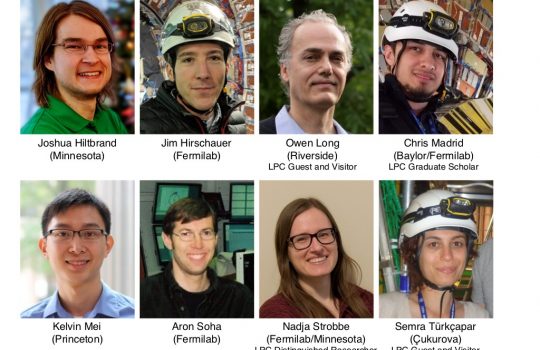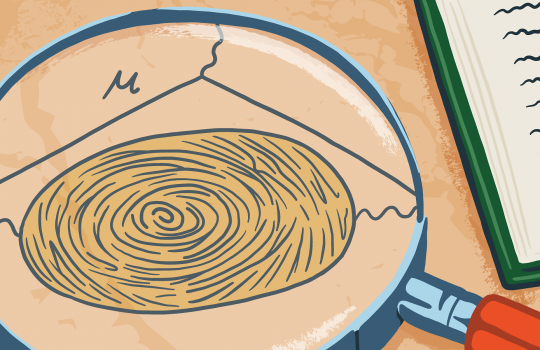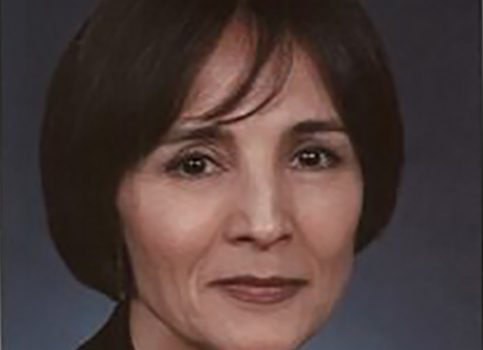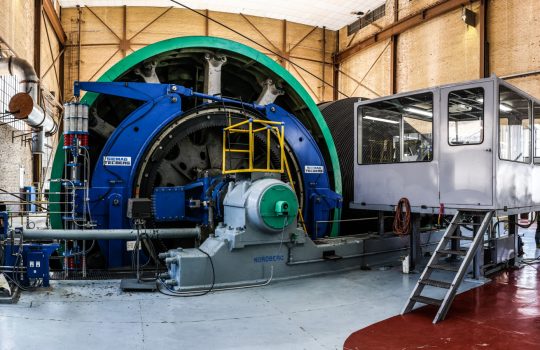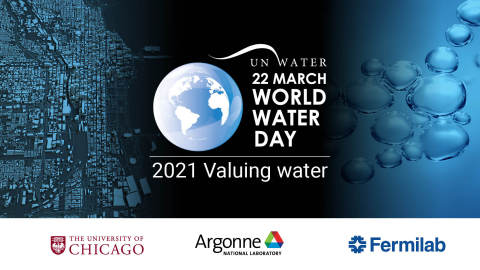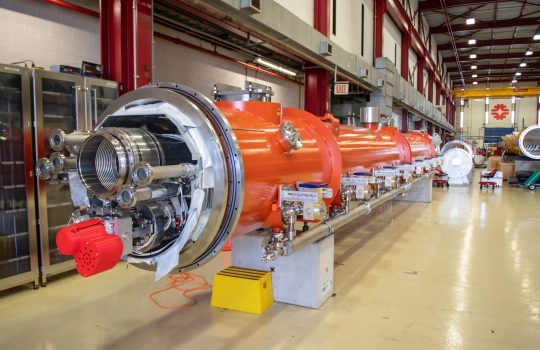New computing algorithms expand the boundaries of a quantum future
To fully realize the potential of quantum computing, scientists must start with the basics: developing step-by-step procedures, or algorithms, for quantum computers to perform simple tasks. A Fermilab scientist has done just that, announcing two new algorithms that build upon existing work in the field to further diversify the types of problems quantum computers can solve.


